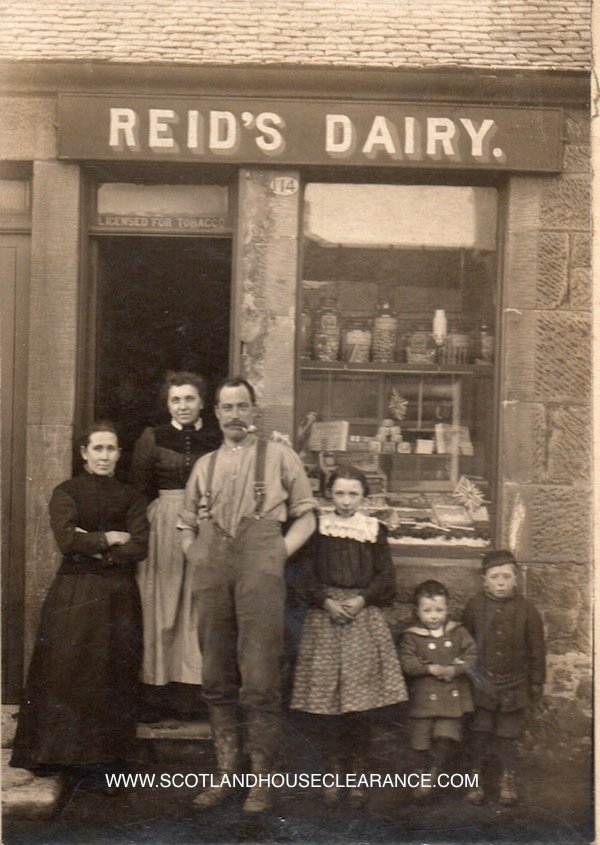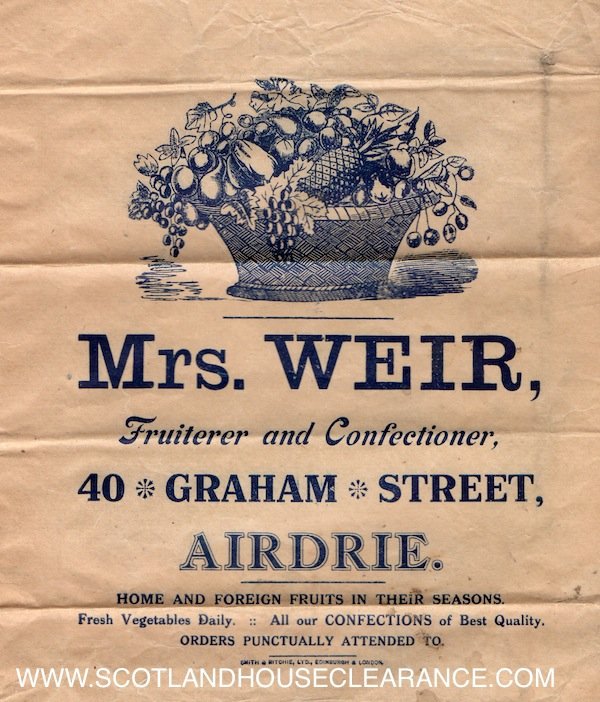The following antique vintage photographs were acquired during a house clearance & unwanted by the families or owners of the properties cleared.
Scotland farming during World War II facts
During the war Britain depended on imports due to farming being in decline.
Citizens were encouraged to grow their own vegetables and farmers were made to produce more food.
The encouragement of citizens growing their own vegetables was named ‘digging for victory’.
During this time the amount of land being farmed increased massively, by 1944 64% more land was being farmed.
As they were to rely on food being imported, their was a huge shortage in food for the animals and therefore the production of poultry and bacon was reduced.
Families were encouraged by the government to breed their own pigs and chickens for meat and eggs, the animals were fed on house waste such as potato peelings.
When the war broke out their was a shortage of workers in the farming industry as most men joined the army to serve their country. Thousands of woman began working in the agriculture industry.
The Women’s land army established in the first world war and was quickly re-founded for the second.
Only women that were widowed without children or women between 20-30 were allowed to work in The Women’s Land Army.
80,000 women were working in the land army by 1943.
Women that worked in the land army were nicknamed ‘land girls’.
Not only did land girls farm, they managed poultry, milked cows, gathered crops, ploughing, catching rats and carried out general farm maintenance jobs.
Land girls worked a minimum of 50 hours a week and earned £1.85 per hour. By 1944 the wages increased to £2.85.
The Land Army uniform consisted of dungarees or brown breeches, green jumpers, khaki overcoats and brown felt hats. This uniform was not compulsory.
Lady Denman was head of the woman’s land army.
The income of farmers doubled between the time of 1938 and 1942.
In 1950 The Woman’s Land Army was no longer needed and therefore disbanded.


